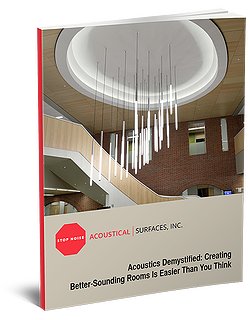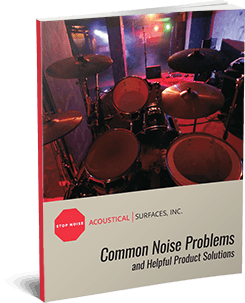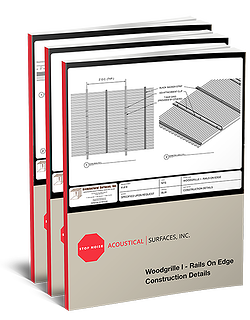Soundproofing a Ceiling
P.A. Writes:
Dear Mr.Weidman,
I read your articles with great interest and I would like to thank you for the information given. Could you please give me some ideas as to sound proofing a room with a piano. There are no other neighbors except the one upstairs so I am looking for “sound proofing” the ceiling. We live in an apartment building in New York City.
Thank you again,
P.A.
Soundproofing a ceiling can be a little tricky, especially in an apartment. Typically speaking, when you are trying to block sound, you need to either increase the amount of mass between the two spaces or interrupt the hard surface to hard surface contact from one space to the other.
Increasing the mass of a ceiling is not easy and rarely done because of the weight of the product and the fact that gravity wants to pull it toward the floor. It is much more common for people to decouple a new finish ceiling from the structure, but unfortunately, you mentioned that you are in an apartment which generally limits what you can do to the room.
Ideally, I would suggest “floating” a new sheet rock ceiling from the structure with the RSIC-1 clip system. This is one of the most cost effective – as well as acoustically efficient – ways to stop floor to floor sound transmission. It WILL require a new layer of sheet rock to be installed as a new ceiling, and you will loose between 2″ and 2 ½” of ceiling height. This will not change the acoustic inside of the room, but that can easily be taken care of after the new ceiling is installed. The clips usually sell for $6.50 per clip and the quantity needed depends on the size of the room. There is a LOT of good information that can be found BY CLICKING HERE if this is an approach that you are considering. The performance is going to depend on the details of the overall construction, the clips do not have a specific STC number associated with them, but I would estimate your STC rating to be around 50-55 when you were done.
Another possible approach is the Sound Silencer wall/ceiling panels. These are 2′ x 4′ panels that would adhere to the existing ceiling with construction adhesive and spray adhesive. These panels would act as your finished ceiling surface and block some sound while also absorbing some of the reflective noise inside of the room. This would be an easier, faster installation, but not give you as much soundproofing as the RSIC-1 clip option. The STC rating of the 1″ panel is 9, and the 2″ panel has a rating of 13. Unfortunately, STC numbers are not additive so these numbers can not be added to the rating of your existing structure, but they will help. The 1″ Sound Silencer panels sell for around $5.50 per square foot and the 2″ panels go for around $7.50 per square foot. One thing to keep in mind if you are thinking about this approach is that there may be some “quilting” of the seams, where the seams are visible. The panel edges are water-jet cut which means that they are as straight as we can get them, but with the varying smoothness of most ceilings, often times there are some seams that do not line up exactly.
If you have any questions on either of these options, please feel free to get back to me. The prices that I quoted do not include shipping and are good for estimating the cost for the project, but if you need a hard quote, please let me know and I will get one to you. I do want you to be clear on the pros and cons of each option, so if you need any clarification or additional information, please feel free to contact me.






2 Comments
Rosetta Dimiceli
I live in a duplex and want to soundproof my ceiling. Is there a barrier I could put in and put wood over it.
Ted W
There are products that can be used to treat a ceiling, but which is best for you – and the amount of sound it will reduce – is going to depend on the nature of the problem. Voices and airborne sound issues are much easier to reduce than footfall.
I would look into treating the ceiling with Green Glue and a 2nd layer of 5/8″ sheetrock, or the RSIC-1 clip system.
Thanks,
Ted